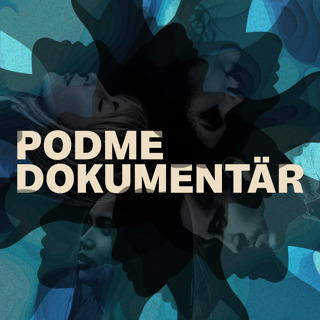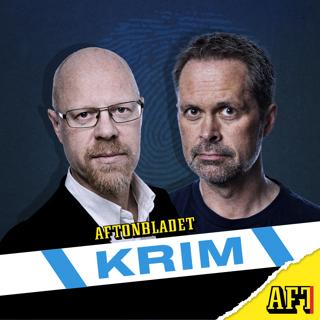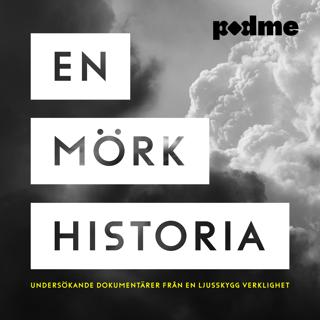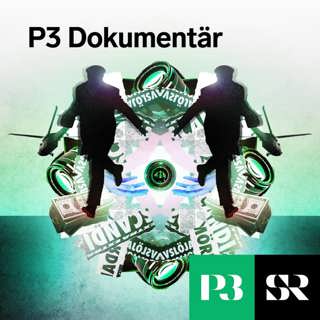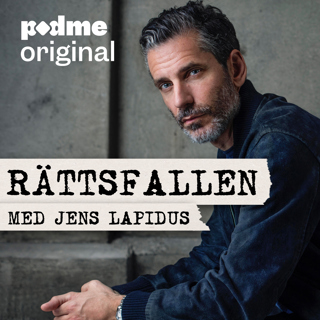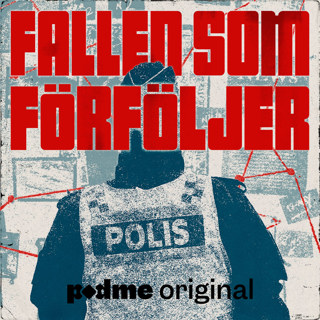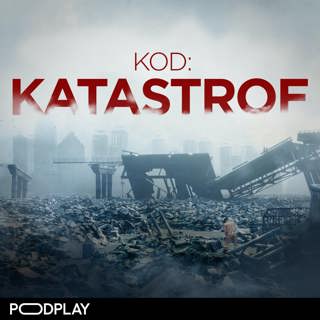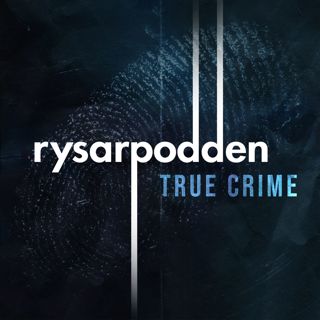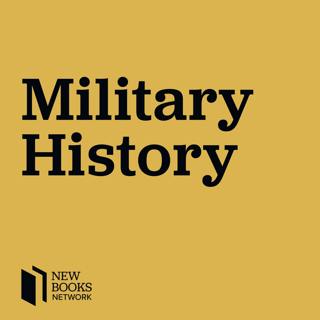
Filip Slaveski, “The Soviet Occupation of Germany” (Cambridge UP, 2013)
For over three years, from June 1941 to late 1944, the German Army and related Nazi forces (the SS, occupation troops, administrative organizations) conducted a Vernichtungskrieg–a war of annihilation–against the Soviet Union on Soviet soil. The Germans killed millions upon millions of Red Army soldiers, Communist Party officials, and ordinary Soviet citizens. As the Germans were pushed back by the Soviets, they conducted a ruthless scorched-earth policy. Stalin’s propaganda organs made much of German atrocities and encouraged Soviet soldiers to punish Germans wherever they found them. It’s little wonder, then, that Soviet troops sought a kind of wild, indiscriminate revenge against the Germans as they crossed into German territory. They murdered, raped, and pillaged on an incredible scale. But, as Filip Slaveski shows in his remarkable new book The Soviet Occupation of Germany: Hunger, Mass Violence and the Struggle for Peace, 1945-1947 (Cambridge University Press, 2013), the Soviet authorities did not turn a blind-eye to this sort of retribution. Though they wanted to demilitarize Germany and to strip it of industry, they did not plan or condone mass violence against Germans. Moscow quickly replaced the Red Army as an occupying force with SVAG, the Soviet Military Administration in Germany. It’s task was to end the wild violence and govern (indeed, protect) the German population. Slaveski demonstrates that SVAG’s task was very difficult or, perhaps, impossible. It neither had the political support from the top (Stalin pitted it against the army) nor the resources to both police the million plus vengeful Soviet troops in occupied Germany nor manage the impoverished German population. Ultimately, the violence only ended when most of the Soviet troops left. Listen in. Learn more about your ad choices. Visit megaphone.fm/adchoices Support our show by becoming a premium member! https://newbooksnetwork.supportingcast.fm/military-history
2 Juli 20141h 10min

Stephen R. Platt, “Autumn in the Heavenly Kingdom: China, the West, and the Epic Story of the Taiping Civil War” (Vintage, 2012)
Stephen R. Platt‘s new book is a beautifully written and intricately textured account of the bloodiest civil war of all time. Autumn in the Heavenly Kingdom: China, the West, and the Epic Story of the Taiping Civil War (Vintage Books, 2012) is a deeply international history of the Taiping Civil War that situates the story of modern China within a broader, global history of civil war in the US and beyond. Platt refocuses our gaze on the crucial role of a cast of characters who shaped the war and its aftermath but are often overlooked in its histories. Rather than echoing previous accounts of the Taiping that focus on the visionary Hong Xiuquan, Platt thus highlights Hong’s lesser-known cousin, Taiping “Shield King” and keeper of pickles Hong Rengan; the long-haired and wily Frederick Townsend Ward with his tight-fitting black uniform and army of filibusters; and the reluctant and toothache-suffering general Zeng Guofan and his “Confucian scholar’s vision of an army.” (Though he appears only briefly, look out also for Queen Victoria’s unfortunately-named dog “Looty.”) Platt is equally at home when bringing readers into the theater of sieges and political treaties, and while developing very affecting and humane accounts of men and women in the midst of making very difficult decisions in exceptionally challenging circumstances. This award-winning book is well worth reading, both as a masterful history of modern China and a model of evocative and gripping historical writing. Enjoy! Learn more about your ad choices. Visit megaphone.fm/adchoices Support our show by becoming a premium member! https://newbooksnetwork.supportingcast.fm/military-history
3 Juni 20141h 15min

Geoffrey Wawro, “A Mad Catastrophe: The Outbreak of World War I and the Collapse of the Habsburg Empire” (Basic Books, 2014)
When I was in graduate school, those of us who studied World War One commented regularly on the degree to which historians concentrated their attention on the Western front at the expense of the other aspects of the war. In the years since then (I won’t say how many), historians have worked hard to remedy this neglect. Nevertheless, we still know much less about the Eastern Front than we do about events in France or even the homefronts of Western and Central Europe. Geoffrey Wawro‘s new book A Mad Catastrophe: The Outbreak of World War I and the Collapse of the Habsburg Empire (Basic Books, 2014), fills in an important part of this gap. Wawro is most interested in understanding why the Empire chose to go to war despite (or perhaps because of) its many challenges and why it failed so immediately and drastically. Decisions made by diplomats, soldiers and politicians in Vienna played a critical role in starting the war. And decisions made by the leaders of the Monarchy’s army’s played just as important a role in leading an admittedly flawed instrument to defeat. Wawro tells this story with verve and insight. His characterizations are compelling and his prose stimulating. It’s a book that reads like a novel yet answers crucial questions about the course of the war. It helps us understand a collapse that set the stage for decades of death and destruction. For that reason alone, Wawro’s analysis of that collapse is a great addition to our understanding of the war and of Central Europe in the Twentieth Century. Learn more about your ad choices. Visit megaphone.fm/adchoices Support our show by becoming a premium member! https://newbooksnetwork.supportingcast.fm/military-history
27 Maj 20141h

Christine Knauer, “Let Us Fight as Free Men: Black Soldiers and Civil Rights” (University of Pennsylvania Press, 2014)
Recent controversies over integrating the military have focused on issues of gender and sexuality. In the 1940s and 50s, however, the issue was racial integration. As Christine Knauer shows in her new book Let Us Fight as Free Men: Black Soldiers and Civil Rights (University of Pennsylvania Press, 2014), the persistence of soldiers and activists of color forced the Truman administration to bar discrimination in the military. Even then, however, it took continued agitation — and the military crisis of the early days of the Korean War — to force the army to allow black soldiers to fight alongside their white brothers-in-arms. Let Us Fight as Free Men illuminates how agitation for Civil Rights did not begin with the Brown decision in 1954 or the Montgomery Bus Boycott several years later, but was a long-term struggle with its roots in the Second World War. Learn more about your ad choices. Visit megaphone.fm/adchoices Support our show by becoming a premium member! https://newbooksnetwork.supportingcast.fm/military-history
20 Maj 20141h 3min

Matthew Muehlbauer and David Ulbrich, “Ways of War” (Routledge, 2013)
In their new survey for Routledge, military historians Matthew Muehlbauer and David Ulbrich move beyond a simplified critique of Russell F. Weigley’s critical “American Way of War” thesis to offer a reassessment of how the construct evolved from a number of original influences to take on various forms and applications as circumstances dictated. The end result is a view of American military affairs that is marked by an inherent flexibility that has on occasion been hamstrung by misperceptions on the part of the nation’s civilian and military leaders. Based on a wide range of secondary scholarship in American Military History, Ways of War: American Military History from the Colonial Era to the Twenty-First Century (Routledge, 2013) offers far more analytical and narrative detail than many other like-minded surveys, making it a worthy candidate for supplementing and succeeding Weigley’s original 1973 work. Learn more about your ad choices. Visit megaphone.fm/adchoices Support our show by becoming a premium member! https://newbooksnetwork.supportingcast.fm/military-history
7 Maj 20141h 8min

Tobie Meyer-Fong, “What Remains: Coming to Terms with Civil War in Nineteenth-Century Century China” (Stanford UP, 2013)
Tobie Meyer-Fong‘s beautifully written and masterfully argued new book explores the remains (in many senses and registers, both literal and figurative) of the Taiping civil war in nineteenth-century China. Often known as the “Taiping Rebellion” in English, the war is most often narrated as the story of a visionary (Hong Xiuchuan) or the movement he inspired. What Remains: Coming to Terms with Civil War in Nineteenth-Century China (Stanford University Press, 2013) transforms how we understand a civil war that deeply marked the physical and textual landscapes of modern China. In a series of chapters that move us through the texts and bodies (living, dead, and commemorated) of the war, Meyer-Fong simultaneously introduces readers to a world of fascinating source materials into which these bodies are inscribed. Thus a moving and incisive narrative also becomes a historiographical lesson on the significance of bringing a subtle and nuanced reading of gazetteers, martyrologies, newspapers, diaries, and memoirs to bear on understanding the everyday experiences of life, death, and violence in modern China. It is a book not to be missed, and it will change the way we understand and teach this formative period of nineteenth-century history. For Meyer-Fong’s recent article in Frontiers of History in China, see Tobie Meyer-Fong, “Urban Space and Civil War: Hefei, 1853-1854,” Frontiers of History in China 8.4 (2013): 469-492. Learn more about your ad choices. Visit megaphone.fm/adchoices Support our show by becoming a premium member! https://newbooksnetwork.supportingcast.fm/military-history
1 Apr 20141h 14min

Robert Neer, “Napalm: An American Biography” (Harvard UP, 2013)
Just as there is no one way to write a biography, nor should there be, so there is no rule dictating that biography must be about the life of a person. In recent years, the jettisoning of this tradition has led to a number of compelling explorations of the lives of commodities (such as salt or the banana), texts (Gone with the Wind, for example), diseases (including cancer or cancer cells), and even the Atlantic Ocean. The latest entry into this realm of biographical inquiry is Robert Neer‘s Napalm: An American Biography (Harvard University Press, 2013). As the title suggests, this is a consciously American biography, meaning that Neer (a core lecturer at Columbia University) traces the arc of the life of the incendiary gel whilst also situating it in a national context. Napalm is, after all, an American invention and, as Neer writes in the prologue, “It’s history illuminates America’s story, from victory in World War II, through defeat in Vietnam, to its current position in a globalizing world.” Much as napalm sticks to everything it encounters, so it sticks to our national history, splattering into the lives of those involved in its creation, the victims of its use, and the way America- to this day- wages war. *To briefly highlight another emerging biographical trend, many authors are now posting their research online so that it is easily accessible to readers. Thus, the endnotes of Napalm: An American Biography, including relevant hyperlinks, can be accessed HERE. Learn more about your ad choices. Visit megaphone.fm/adchoices Support our show by becoming a premium member! https://newbooksnetwork.supportingcast.fm/military-history
13 Feb 201447min

Waitman Beorn, “Marching into Darkness: The Wehrmacht and the Holocaust in Belarus” (Harvard UP, 2013)
The question of Wehrmacht complicity in the Holocaust is an old one. What might be called the “received view” until recently was that while a small number of German army units took part in anti-Jewish atrocities, the great bulk of the army neither knew about nor participated in the Nazi genocidal program. In other words, the identified cases were isolated exceptions. Who was at fault? Why, the SS of course. This view was spread by German generals in post-war memoirs, by the German government and courts, and by the German press and the public that read it. The “Good Wehrmacht” image was influential: many people–including scholars of the war–in countries that had fought Germany could be found rehearsing it. In his eye-opening book Marching into Darkness: The Wehrmacht and the Holocaust in Belarus (Harvard UP, 2013), Waitman Beorn challenges the “Good Wehrmacht” image. By focusing on a few units that participated in the invasion and occupation of Belarus in the late summer and fall of 1941, he is able to show without any doubt whatsoever that regular Wehrmacht forces not only participated in executions of Jews and others, but initiated them. The leaders of these units ordered them to aid the Einsatzgruppen in organizing mass murder and to actively hunt down “partisans” who were nothing but innocent Jews. Waitman does an excellent job of not only documenting Wehrmacht complicity, but also of trying to explain it. Listen in. Learn more about your ad choices. Visit megaphone.fm/adchoices Support our show by becoming a premium member! https://newbooksnetwork.supportingcast.fm/military-history
10 Jan 20141h 18min



